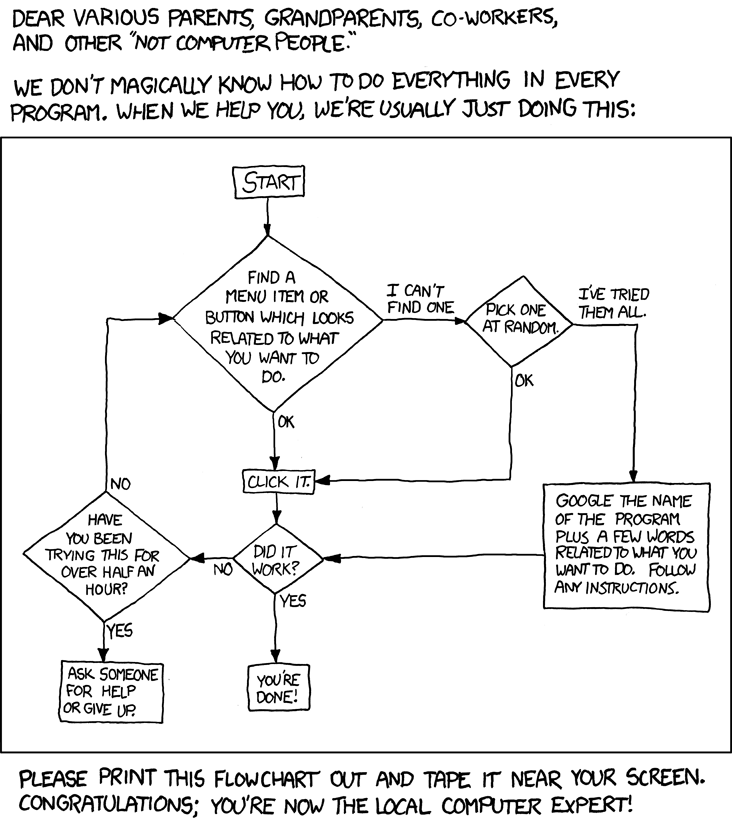Twenty five years ago I was running an internal project for the consulting arm of Arthur Andersen & Co, back before it split off to morph into Andersen Consulting and then Accenture. We were creating a system development center to provide all of the development tools and facilities to support large scale information systems implementation projects. This was in the day when serious development was done on mainframe computers and setting up an environment for productive work could chew up a lot of time and fees without adding value for either Andersen or its clients. The centers turned out to be a successful venture for several years.
Setting up the first one was a large scale project management problem in its own right. Some challenges in creating a work plan and work breakdown structure for something that hadn’t been done before, but nothing out of the ordinary.
One odd conversation from that effort still sticks with me. It was early Monday morning, well before 8AM, and I was parked in the partner’s office. I had learned that the only way to guarantee Mel’s attention was to catch him before he got wrapped up in anything else. He rolled in a short time later and the conversation unfolded like this:
Me: I’ve been going over the project plans for the development center. We’re on track, but I’m worried about the scheduled install of the mainframe next month.
Mel: So?
Me: Do we deal with it now or wait until it’s a full blown crisis?
Mel: Wait until it’s a crisis
You need to understand that Mel was and is an excellent manager and leader. But I was certainly greatly puzzled at the time. Isn’t management supposed to be about anticipating problems and dealing with them before they get out of hand?
Consider some of the possibilities at this point, setting aside issues of organizational turf warfare or operating beyond your authority.
- Not all anticipated problems materialize. Calvin Coolidge’s observation about problems may apply, "If you see ten troubles coming down the road, you can be sure that nine will run into the ditch before they reach you."
- This is a management development opportunity. Someone who reports to you needs to recognize and deal with the problem. It can short circuit or undermine their development if you point out problems before they’ve had an opportunity to see them for themselves.
- A crisis can be put to good use. Allowing an issue to become more troubling and more visible may be a necessary step in garnering resources you may need later
- You or your organization confuses heroics with effectiveness. This is the dangerous case. If you’re confused, you can either get unconfused or seek out an occupation where heroics are relevant. On the other hand, if your organization (or your client) is confused that can be a serious problem. It takes an astute manager to recognize that "no muss, no fuss" indicates effective management. Or to distinguish between a real crisis and a manufactured one.
In my earliest managerial days, crisis was my too often default mode, out of ignorance and inexperience. Since then, I’ve learned to prefer bud nipping. More importantly, I’ve learned (and continue to relearn) that there aren’t many either/or choices in the real world. What strategies have you chosen when you see a problem on the horizon?





